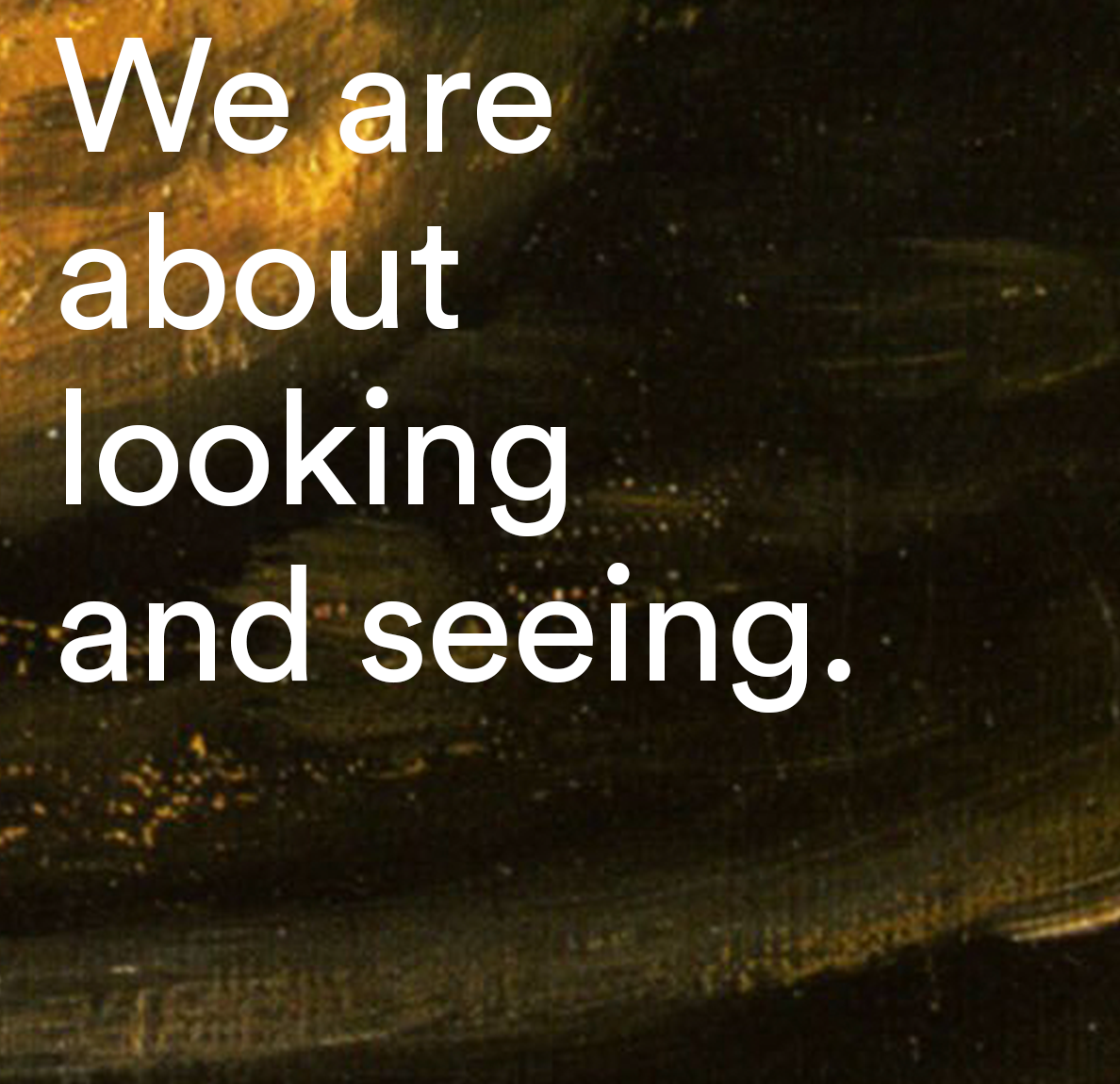

We create effective, fearless visual communications and campaigns.

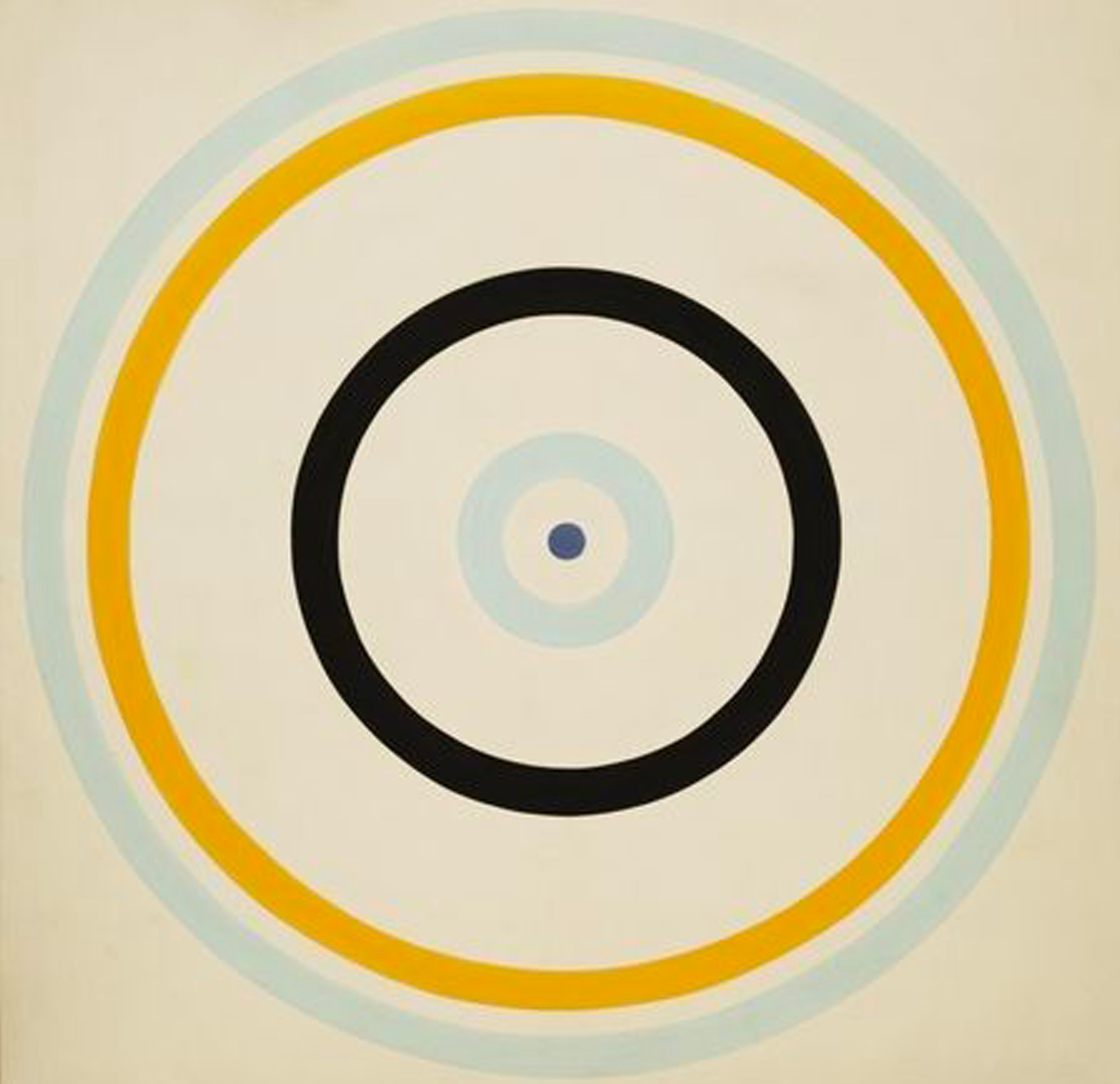
We work with innovative long-term partners to provide digital marketing expertise and intellectual property and trademark consultancy.
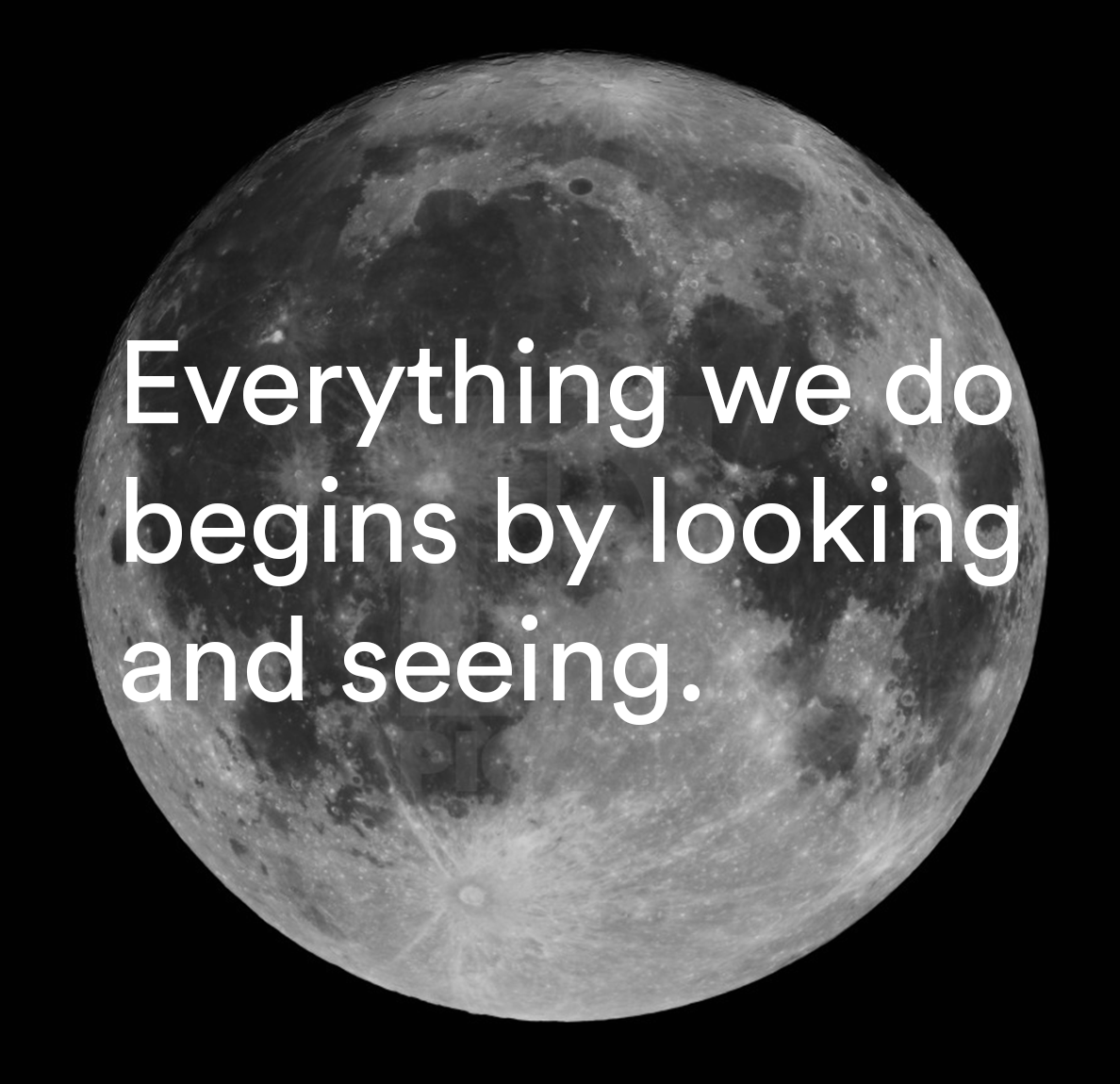
Looking to understand, seeing to create.
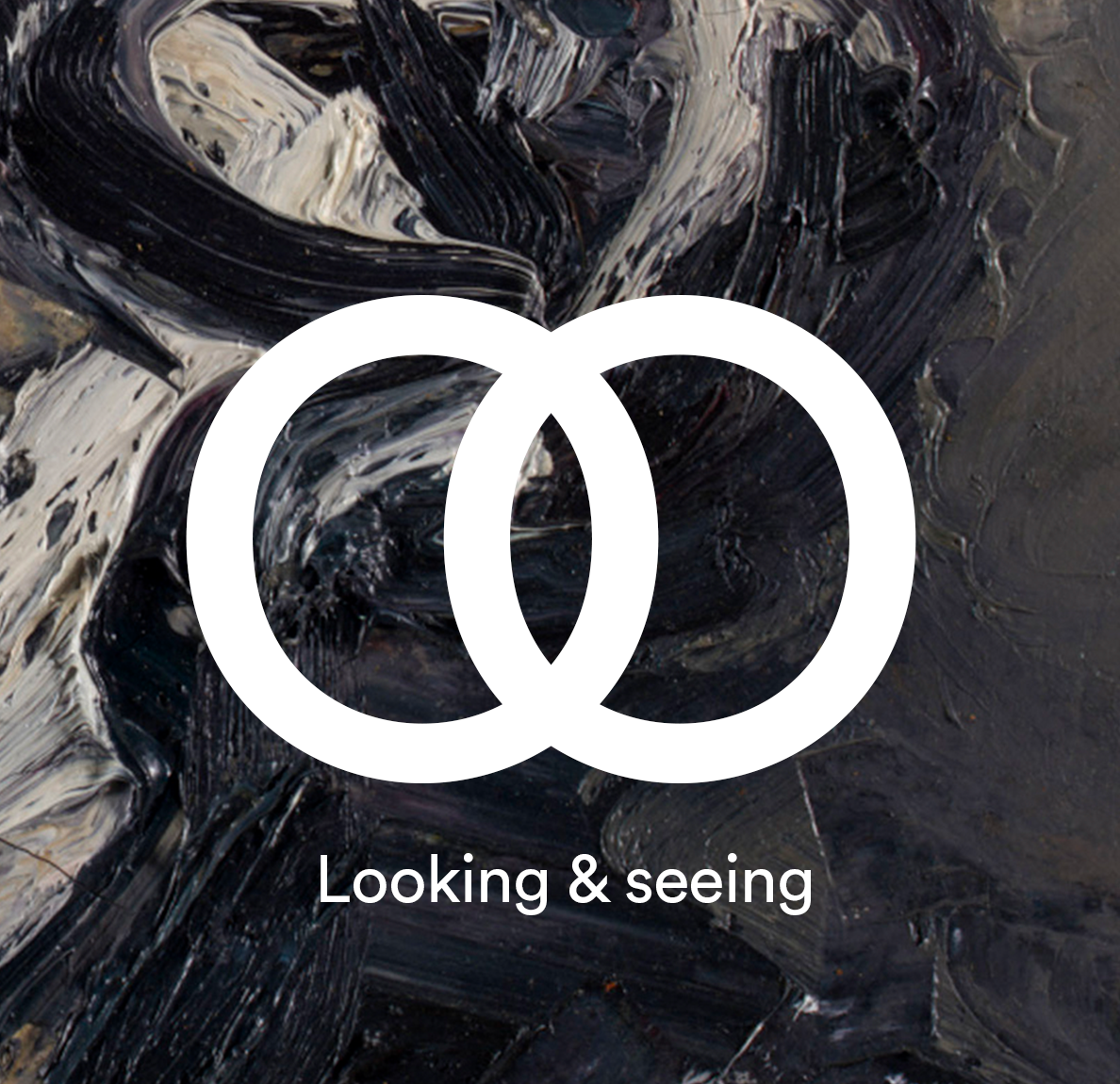
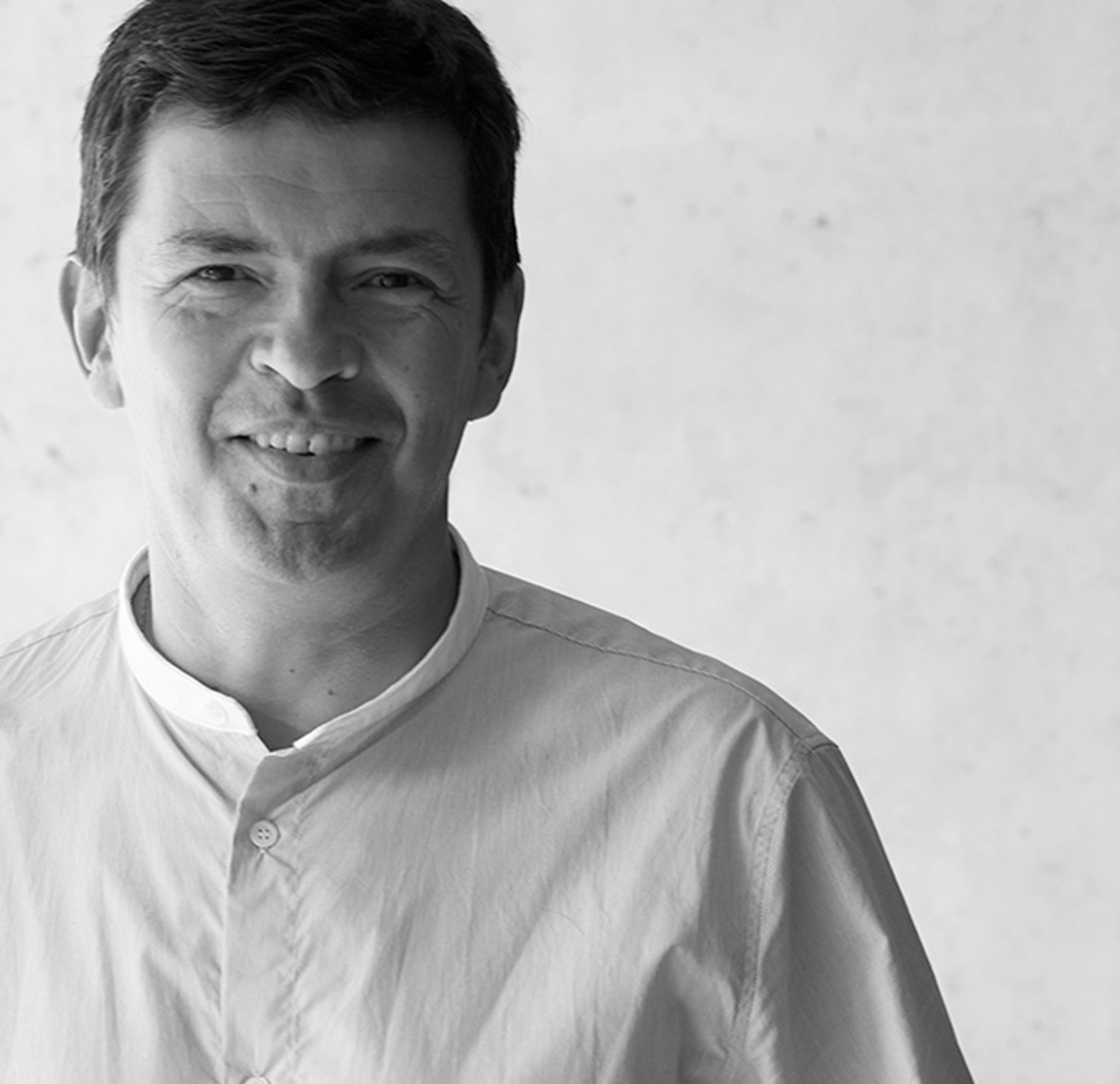
Nick Toyas graduated in graphic design from LCC and has extensive experience in branding and communication design across print and digital media. Interested in disruptive technology and new business models.

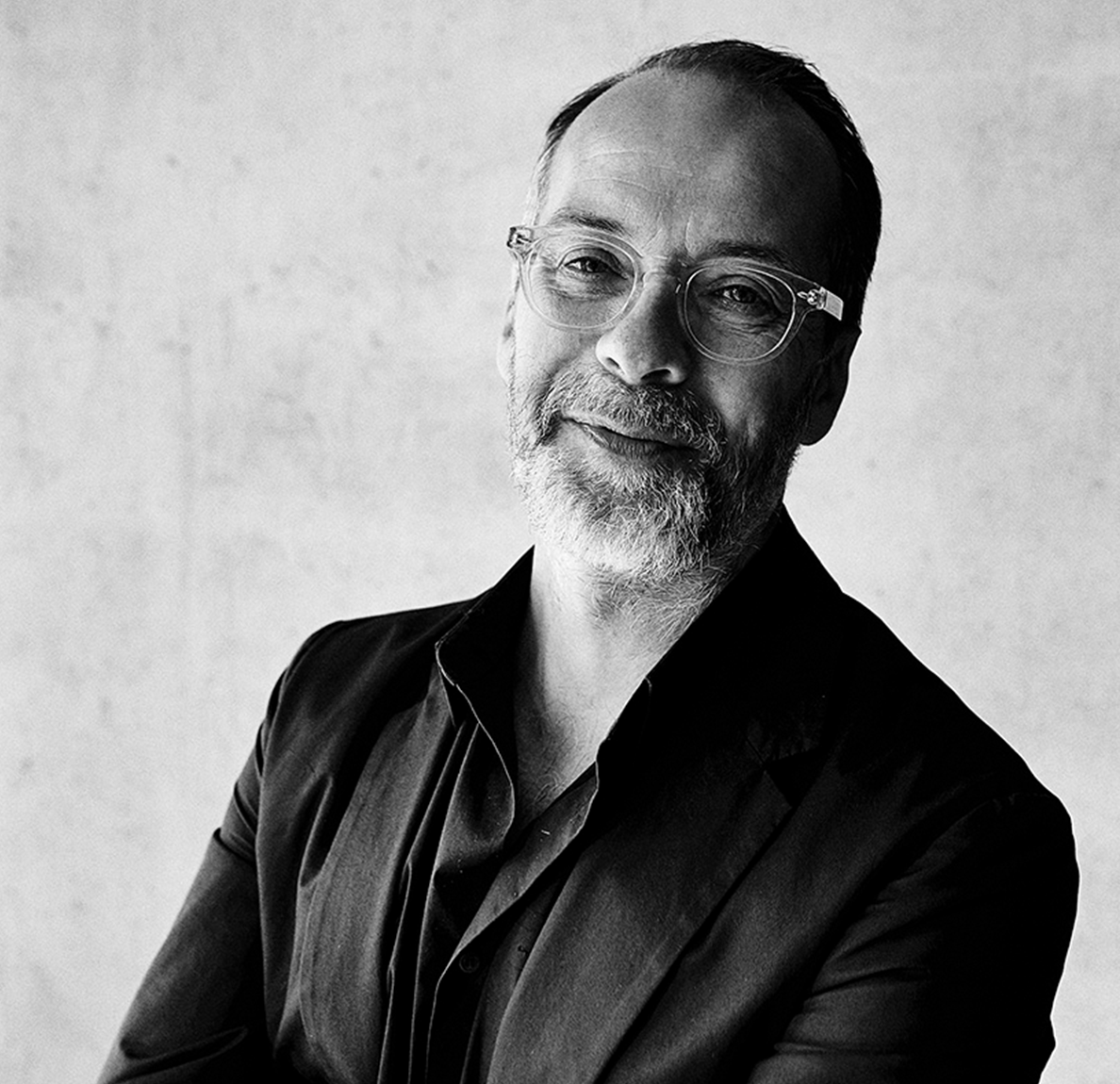
Jason O'Mara has over 25 years’ experience in corporate identity and editorial design and was co-founder of Spirit, the award winning design agency.

Looking and seeing
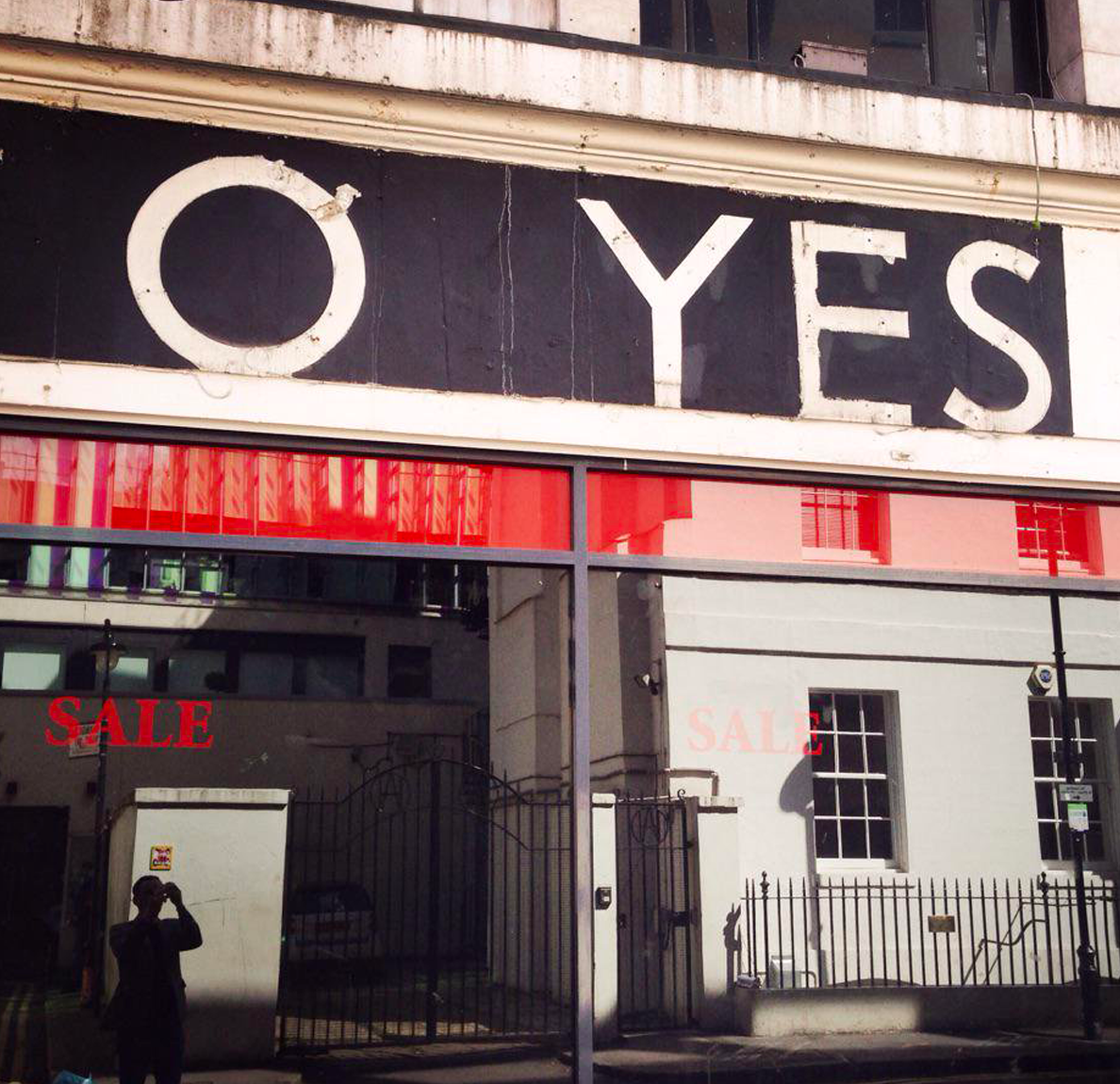
These images illustrate what our practise is about, what we are inspired by and why we still love what we do - looking and seeing.

International gothic. St. George and the Dragon, Paolo Uccello about 1470.

Another world.
As a young boy, about 11 or 12, I was taken to the Tate Gallery, Millbank by a potter who had a studio adjacent to where my family lived. It is still as vivid today as it was exciting then.
It made me aware that there was ‘another world’ a world which was different, incredibly exciting, a world that I wanted to be a part of.
For me it was a life changing event, from that day on I looked at the world differently, as I now knew that some people also saw things differently.
At the end of my visit Sarah the potter said I could buy one thing, something that I had seen. I bought a pocket book of Vasarely - a book I still have to this day. I like to think that trip ignited my fascination with the visual world. Looking and seeing. O’M
Read on >
It made me aware that there was ‘another world’ a world which was different, incredibly exciting, a world that I wanted to be a part of.
For me it was a life changing event, from that day on I looked at the world differently, as I now knew that some people also saw things differently.
At the end of my visit Sarah the potter said I could buy one thing, something that I had seen. I bought a pocket book of Vasarely - a book I still have to this day. I like to think that trip ignited my fascination with the visual world. Looking and seeing. O’M


Acknowledgement and resolution, John Coltrane, 1957

Mechanical pleasure, Flea Market, Porte de Clignancourt, Paris
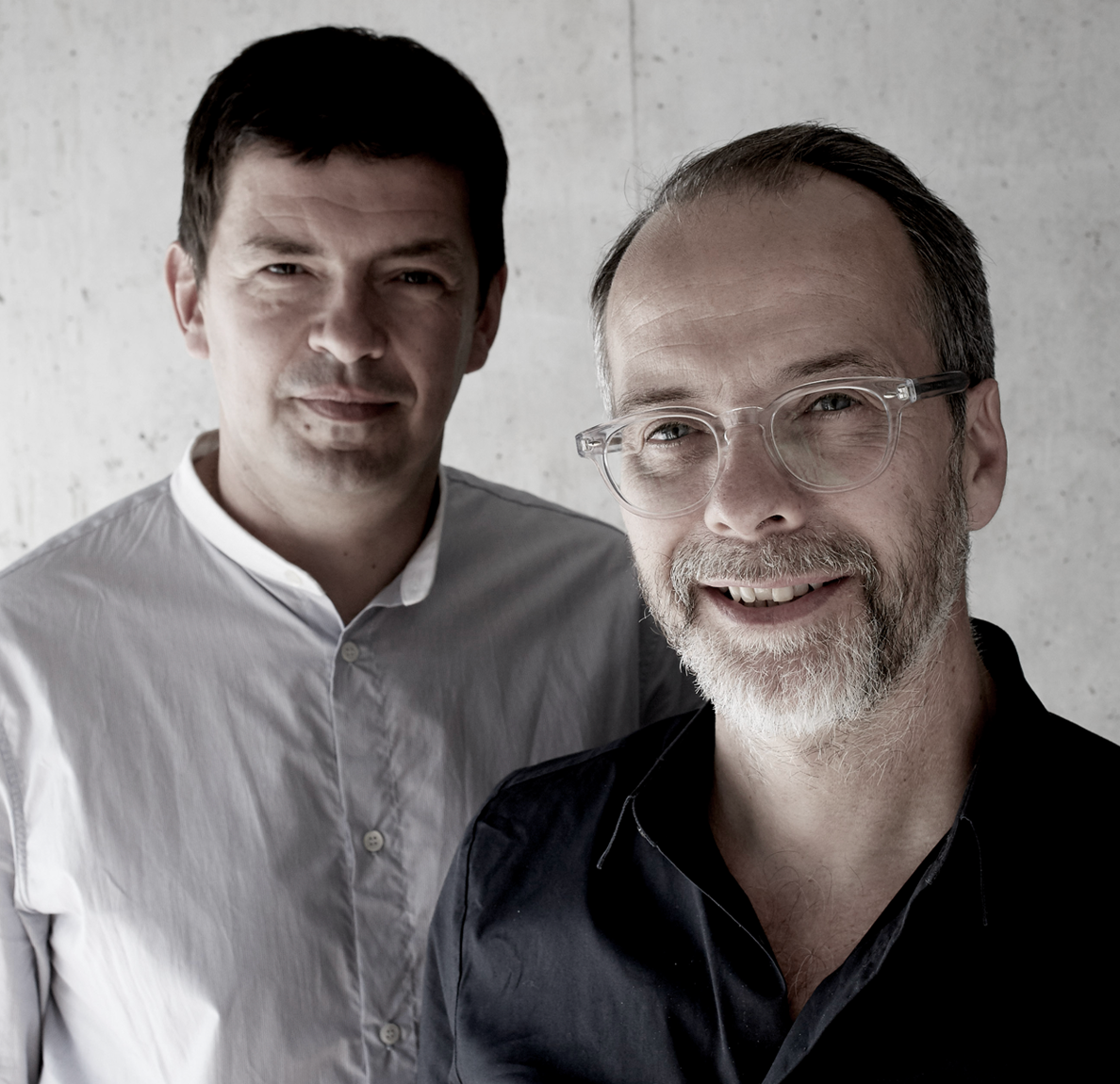
Our thoughts on creating an identity
When Toyas O’Mara created our visual identity they asked us to look fearlessly at ourselves to create a brand which would faithfully reveal what is unique about TFD. It was a thought-provoking and, at times, challenging process but we are very proud of what we have achieved together.
So, as we launch TFD we asked creative directors Nick Toyas and Jason O’Mara what they think are the most important considerations when creating a successful brand.
We hear the term ‘branding’ so often it has almost lost its meaning. Is it still relevant in 2017?
JOM – Brand building is essentially about creating engagement and projecting ideas, so yes, it is. But because the background noise of ‘branding’ is so ubiquitous now and audiences are so sophisticated, it’s crucial that an organisation is honest about itself and what it seeks to communicate. If branding is being used as a tool to merely project a facade, it’s difficult to create effective messaging or content at any level. That’s why we ask clients to be fearless when they look in the mirror and unafraid to see the creative possibilities. And we do this whether we are working with an established international brand, a luxury marque or a brand waiting to happen.
NT – In fact, ‘looking and seeing’ is how we describe the way we work – ‘looking to understand and seeing to create’. So it’s important for us to challenge ourselves and our clients creatively because people respond to brands when they themselves appear ‘open’ and creatively engaged.
What are the key elements of creating a successful brand?
JOM – We suggest to our clients that there are two: ‘you and your message’ and ‘them – your audience’.
With today’s measurement techniques it is possible to understand your audience as never before. Systems like Brandwatch, SocialBro and Sysomos give insights into online mentions e.g. Tweet impressions, reach and trending topics but it is often the ‘you’ part – that initial understanding – that organisations (and creative professionals) fail to grasp.
If you can be honest about your message and well-informed about the nature of your audience, you can communicate with clarity. That’s why we always distil a brief down to what we call the ‘brand atom’ – that piece of matter at the heart of what a brand has to say. If honesty is the guiding principle for a brand, for a creative agency it must be clarity so we put it at the heart of everything we do.
Name a common mistake brands make?
NT – The perfect storm of unsuccessful branding is not knowing who you are and thinking you understand your audience when you do not. A brand created along those lines is unlikely to succeed regardless of its look, style or content.
JOM – Trying to play catch up with your competitors rather than charting your own course.
NT – A common mistake that creative agencies make is to view the brand from inside. We feel our value is greater for being outsiders, seeing the brand as the audience does. This enables us to bring unexpected elements and ideas to the creative process and drive the brand’s development. And you can’t stand still. As a brand evolves you must constantly question and challenge it… see how robust it is. Is it still delivering what it set out to do? Is it still targeting the correct audience, is it still fearless?
For new brands, what is your top piece of advice?
Don’t be afraid to say something different, be fearless, trust the creative process and expect to be surprised.
Read on >
So, as we launch TFD we asked creative directors Nick Toyas and Jason O’Mara what they think are the most important considerations when creating a successful brand.
We hear the term ‘branding’ so often it has almost lost its meaning. Is it still relevant in 2017?
JOM – Brand building is essentially about creating engagement and projecting ideas, so yes, it is. But because the background noise of ‘branding’ is so ubiquitous now and audiences are so sophisticated, it’s crucial that an organisation is honest about itself and what it seeks to communicate. If branding is being used as a tool to merely project a facade, it’s difficult to create effective messaging or content at any level. That’s why we ask clients to be fearless when they look in the mirror and unafraid to see the creative possibilities. And we do this whether we are working with an established international brand, a luxury marque or a brand waiting to happen.
NT – In fact, ‘looking and seeing’ is how we describe the way we work – ‘looking to understand and seeing to create’. So it’s important for us to challenge ourselves and our clients creatively because people respond to brands when they themselves appear ‘open’ and creatively engaged.
What are the key elements of creating a successful brand?
JOM – We suggest to our clients that there are two: ‘you and your message’ and ‘them – your audience’.
With today’s measurement techniques it is possible to understand your audience as never before. Systems like Brandwatch, SocialBro and Sysomos give insights into online mentions e.g. Tweet impressions, reach and trending topics but it is often the ‘you’ part – that initial understanding – that organisations (and creative professionals) fail to grasp.
If you can be honest about your message and well-informed about the nature of your audience, you can communicate with clarity. That’s why we always distil a brief down to what we call the ‘brand atom’ – that piece of matter at the heart of what a brand has to say. If honesty is the guiding principle for a brand, for a creative agency it must be clarity so we put it at the heart of everything we do.
Name a common mistake brands make?
NT – The perfect storm of unsuccessful branding is not knowing who you are and thinking you understand your audience when you do not. A brand created along those lines is unlikely to succeed regardless of its look, style or content.
JOM – Trying to play catch up with your competitors rather than charting your own course.
NT – A common mistake that creative agencies make is to view the brand from inside. We feel our value is greater for being outsiders, seeing the brand as the audience does. This enables us to bring unexpected elements and ideas to the creative process and drive the brand’s development. And you can’t stand still. As a brand evolves you must constantly question and challenge it… see how robust it is. Is it still delivering what it set out to do? Is it still targeting the correct audience, is it still fearless?
For new brands, what is your top piece of advice?
Don’t be afraid to say something different, be fearless, trust the creative process and expect to be surprised.


You will learn most things
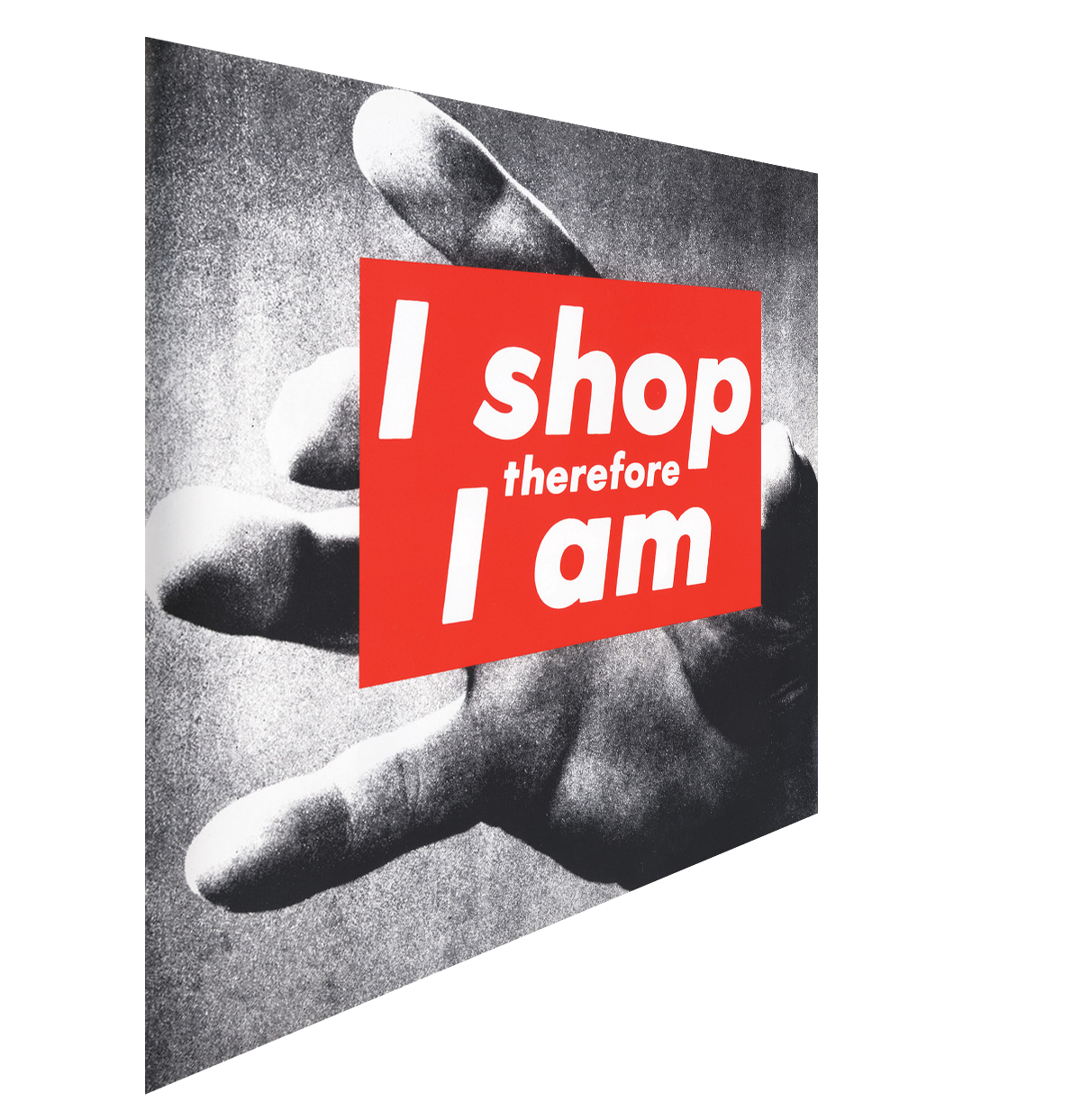
Acceptable in the 80's. Barbara Kruger

